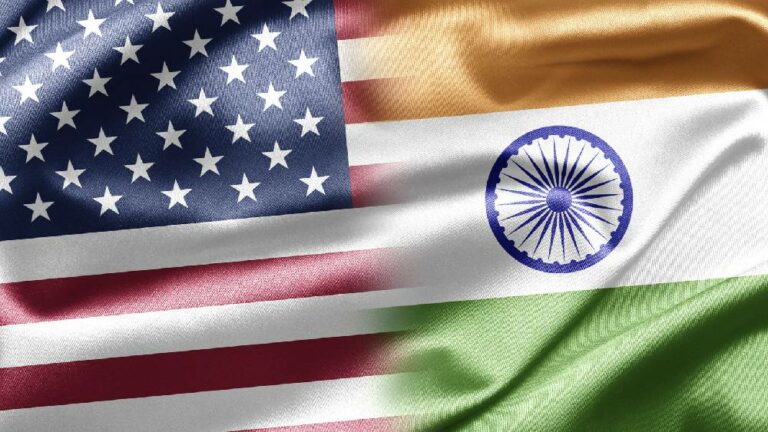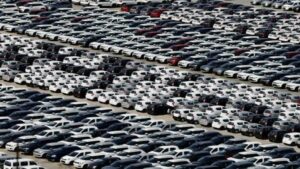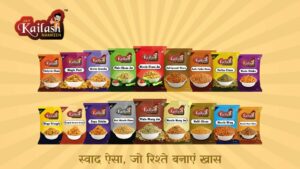India has removed additional duties on about half a dozen US products, including chickpeas, lentils and apples, which were imposed in 2019 in response to America’s decision to increase tariffs on certain steel and aluminium products. India had imposed these duties on 28 US products in 2019 in retaliation to the US’ move. The move comes ahead of US President Joe Biden’s visit to India to attend the G20 Summit on September 9-10, which would be preceded by a bilateral meeting with Prime Minister Narendra Modi on Friday.
The finance ministry through a notification informed about removal of duties on the products, including chickpeas, lentils (masur), apples, walnut in shell and almonds fresh or dried, as well as almond shelled.
During the prime minister’s state visit to the US in June, both countries decided to terminate six WTO (World Trade Organization) disputes and also remove the retaliatory tariffs on certain US products. As part of the agreement, India will be removing additional duty on chickpeas (10 per cent), lentils (20 per cent), almonds fresh or dried (Rs 7 per kg), almonds shelled (Rs 20 per kg), walnuts (20 per cent), and apples fresh (20 per cent).
In July, Minister of State for Commerce and Industry Anupriya Patel in a written reply to the Rajya Sabha had said the government has decided to remove retaliatory customs duties on import of almonds (fresh or dried, in shell), walnuts, chickpeas, lentils, apples, medical diagnostic reagents, and boric acid.
The removal of retaliatory tariffs or cuts in import duty with the US did not result in a loss to India, she had said. The US is the largest trading partner of India. In 2022-23, the bilateral goods trade increased to USD 128.8 billion as against USD 119.5 billion in 2021-22.
(Input from PTI)
















